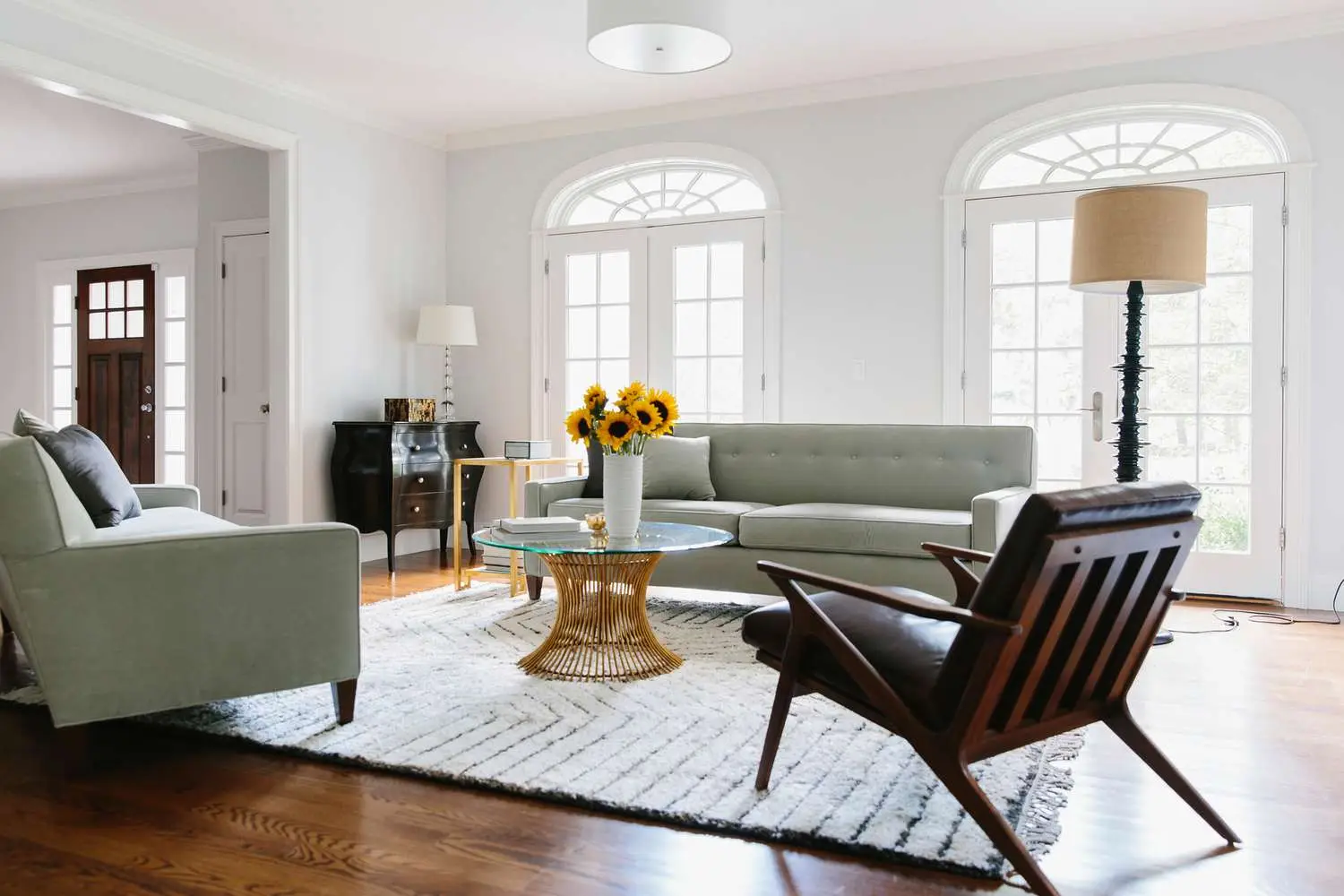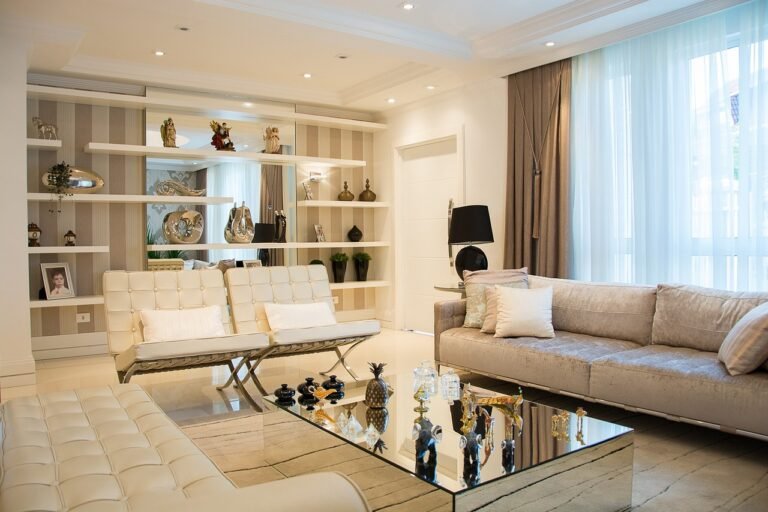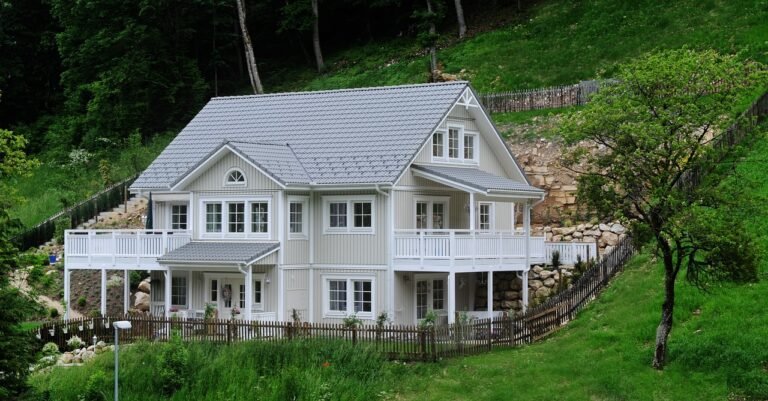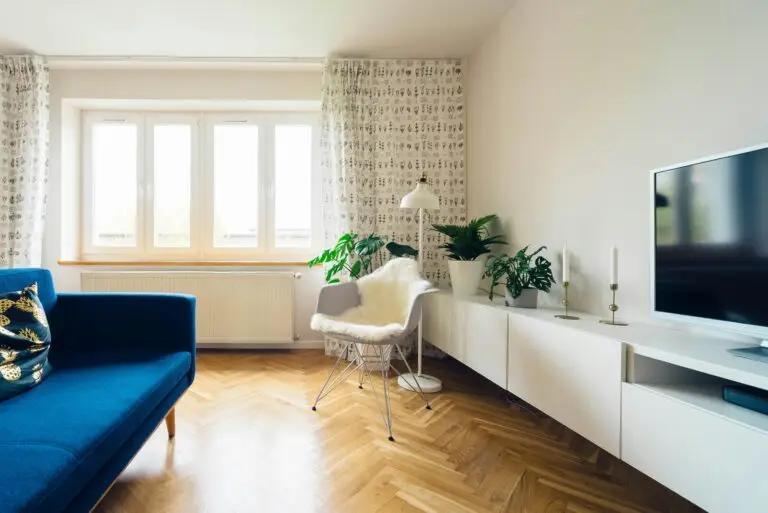5 Decorating Mistakes That Always Make Interior Designers Cringe
Interior designers often cringe at cluttered spaces and mismatched styles. Overcrowding furniture and ignoring scale and percentage are common errors.
Creating the best domestic aesthetic is an art form, one that requires a eager eye for element and an information of area. While many of us aspire to craft our personal havens, certain missteps can lead to less-than-perfect results, and even the maximum well-intentioned decor can fall flat.
The global of interior layout is riddled with common pitfalls which can disrupt the concord of any space. Avoiding those errors isn’t pretty much following trends; it is about information the basics of layout and the way they make a contribution to the feel and functionality of a room. Whether you’re a pro decorator or a newbie embarking to your first domestic venture, steerage clear of these errors can remodel an everyday room into an excellent area. Keep it simple, maintain balance, and let your space breathe to achieve that coveted designer look.
Introduction To Common Decor Faux Pas
Decorating a space feels exciting. Yet, it’s easy to make mistakes. These mistakes can turn a stylish room dull. Here, we explore common errors even pros avoid.
Initial Impressions Matter
First impressions are key in interior design. A cluttered, mismatched entrance can turn people off. Think simple and elegant. Use colors and furniture that welcome guests.
- Keep it clutter-free: Too much stuff looks messy.
- Match your theme: Stick to one decor style.
- Light it right: Good lighting makes spaces warm and inviting.
Why Details Can Make Or Break A Space
Small details have big impacts. The right pillow or lamp can change a room. But, the wrong one can spoil the look. Pay attention to details.
| Do | Don’t |
|---|---|
| Choose complementary colors | Overdo themes |
| Use varied textures | Ignore room scale |
| Add personal touches | Forget lighting |

Neglecting The Entryway
Your home’s entryway sets the tone for the entire interior. A well-decorated entrance invites guests in. Interior designers often spot a common mistake: a neglected entryway. This area deserves attention just like any other room.
The Power Of First Impressions
First impressions are lasting. An entryway is the first space someone sees. It should reflect your home’s style. A bare or cluttered entrance can send the wrong message. It may suggest a lack of care or coherence in the home’s design.
Tips For A Welcoming Entrance
- Add a console table: It’s both functional and stylish.
- Include a mirror: It creates the illusion of more space.
- Use lighting: A lamp or pendant light adds warmth.
- Place a rug: It defines the space and adds texture.
- Hang art: It shows personality and enlivens walls.
Overlooking Scale And Proportion
Scale and proportion impact how comfortable a room feels. Designers know this. They match furniture size with room size. They ensure each piece belongs. Let’s explore common mistakes in scale and proportion.
Balancing Furniture Sizes
Big furniture can overpower a room. Small pieces can seem lost. The key is balance. A large sofa needs smaller chairs to complement it. A tiny table next to a big bed looks off. Aim for a mix that feels right.
- Match big items with smaller ones.
- Use a variety of sizes.
- Avoid too many large pieces.
Harmony Between Space And Objects
Space and objects must talk to each other. Too much furniture crowds a room. Too little leaves it cold. Measure your space. Choose pieces that fit. Create harmony in your home.
| Room Size | Furniture Size | Result |
|---|---|---|
| Large | Big and small | Feels full |
| Small | More small | Feels spacious |
- Measure before buying.
- Plan your layout.
- Leave space to move.

Misuse Of Color And Patterns
Misuse of Color and Patterns can break a room’s harmony. Interior designers often spot these errors. Colors and patterns are vital. They set the room’s mood. But, wrong choices lead to visual chaos. Let’s explore common mistakes and how to fix them.
Avoiding Color Clashes
Color clashes create visual noise. Match colors with care. Use a color wheel. It helps find complementing shades. Stick to a color scheme. It ensures a cohesive look. Remember, less is more. Choose one or two main colors. Then, add neutrals for balance.
Strategic Pattern Mixing
Patterns add depth to spaces. But, too many patterns overwhelm. Combine patterns wisely. Limit pattern types in one space. Mix large with small prints. Keep a consistent color theme. This ties patterns together. Balance patterned pieces with solid colors. It eases the eye.
Improper Lighting Choices
Lighting sets the temper in any room. It’s crucial for functionality and aesthetics. A commonplace mistake in interior layout is not giving lighting fixtures the attention it merits. Improper lighting can wreck even the most lovely spaces. It can make rooms experience smaller or unwelcoming. Good lighting fixtures entails more than just choosing appealing furnishings. It’s approximately how light interacts with the space. Let’s dive into how to keep away from these pitfalls.
Layering Light For Impact
Layering light creates depth and interest. It involves using different types of lighting. Think ambient, task, and accent lighting. Each layer serves a unique purpose. Ambient light offers overall illumination. Task lighting focuses on specific areas. Accent lighting highlights key features. Together, they make rooms versatile and dynamic.
- Ambient light: ceiling fixtures, chandeliers.
- Task light: desk lamps, under-cabinet lights.
- Accent light: wall sconces, spotlights.
Selecting The Right Fixtures
Choosing the right fixtures is crucial. They should match the room’s style and size. Large fixtures can overwhelm small rooms. Small fixtures can get lost in big spaces. The right fixture adds character and complements the decor. Consider the fixture’s function. It must provide the correct light type for its intended use.
| Room | Fixture Type | Function |
|---|---|---|
| Kitchen | Pendant lights | Task lighting over islands |
| Living Room | Floor lamps | Ambient and accent lighting |
| Bathroom | Wall sconces | Task lighting near mirrors |
Over-accessorizing Spaces
Many people love to fill their rooms with lots of decor items. This is known as Over-Accessorizing Spaces. But, doing this too much can make rooms feel crowded and messy. Let’s explore how to avoid this common mistake.
The Art Of Curating Decor
Think of your room as an art gallery. Each decor item is special. You wouldn’t see a gallery with every wall covered. Instead, each piece has its own space. This is how you should think about decorating your room.
- Select items that mean something to you. They will add personality.
- Use a mix of textures and sizes for interest.
- Remember, empty space is also a design element. It gives your decor room to breathe.
Knowing When to Stop
It’s easy to keep adding more but knowing when to stop is key. Here’s how:
- Step back and look at your room. Does it feel calm or crowded?
- Remove one item and see if the space improves. Keep doing this until the room feels balanced.
- Ask yourself, “Does this item have a purpose here?” If not, it might be time to let it go.
Balance and harmony are your goals. Your space should make you feel happy and relaxed, not overwhelmed.
Ignoring Functionality
One big mistake in decorating is Ignoring Functionality. This mistake can make a room hard to use. Designers always think about how a space works. Let’s talk about how to make rooms both pretty and practical.
Design For Real Life
Rooms should fit how we live. A beautiful room is no good if it’s not useful. Think about who uses the room and what they do there. For example, a family room needs comfy seats and places to put drinks.
- Choose furniture that fits the room’s daily use.
- Easy to clean materials are a must for busy spaces.
- Make sure there’s enough light for reading and games.
Blending Form And Function
Good design has both looks and usefulness. You don’t have to pick one. You can have both. Here’s how:
- Start with a plan that considers both style and use.
- Pick pieces that are beautiful and practical.
- Remember, storage can be stylish too.
A table can show how to mix looks and use in a room:
| Item | Function | Style |
|---|---|---|
| Ottoman | Seating & Storage | Choose one with a fun color or pattern. |
| Shelving | Storage | Use interesting shapes or materials. |
| Lamps | Lighting | Find unique designs that add character. |
By thinking about both how a room looks and works, you create spaces everyone loves.
Failing To Personalize
Failing to personalize is a common decorating mistake. A home should reflect its owner’s style and story. Yet, many overlook this crucial step. Interior designers stress the importance of unique elements. These elements make a house feel like a home.
Incorporating Personal Touches
Adding personal touches to a space is key. It brings warmth and character. Use family photos, heirlooms, or handmade items. These items should represent your journey and passions.
- Display family portraits on walls or shelves
- Place heirlooms where they can spark conversations
- Feature artwork or crafts made by you or loved ones
Creating A Unique Space
Your space should stand out. It must not look like a showroom. Mix and match different styles. Combine new buys with vintage finds. This approach ensures your home is one-of-a-kind.
| Element | How to Personalize |
|---|---|
| Furniture | Pick pieces that tell a story |
| Color Scheme | Choose colors that you love |
| Accessories | Use items that have meaning |
Conclusion: Avoiding Decor Pitfalls
Interior design success involves sidestepping common mistakes. Recognizing these errors is key. Let’s ensure your space shines with expert tips.
Embracing Cohesive Design
A harmonious interior feels welcoming. Achieve this by coordinating colors, patterns, and textures. Consistency is crucial for flow and balance. Select a theme and stick to it. This unifies rooms and creates a cohesive feel.
Learning From Mistakes
Every design error teaches something. Reflect on these lessons to improve. Keep a keen eye on details. Always measure spaces before buying furniture. Choose the right scale. Consider function and beauty to make smart decor choices.
Remember, less is often more. Avoid clutter. Select pieces that serve a purpose. Quality over quantity wins in design. This approach saves time, money, and stress. It also creates a more polished look.

Frequently Asked Questions
What’s The Golden Rule Most Interior Designers Follow?
The golden rule maximum indoors designers comply with is the principle of stability, making sure concord in shade, texture, and space for a cohesive appearance.
What Makes an Interior Designer Stand-Out?
An interior designer stands out through creativity, expert space planning, attention to detail, strong client communication, and a distinctive personal style.
How To Avoid Interior Design Mistakes?
To avoid interior design mistakes, measure your space accurately, choose a cohesive color scheme, prioritize function and comfort, invest in quality over quantity, and plan the layout before purchasing items.
What Is Bad Design In Interior Design?
Bad design in interior design often includes cluttered spaces, poor color schemes, mismatched furniture, inadequate lighting, and a lack of functionality.
Conclusion
Steering clear of common decor blunders can transform your space. Interior designers agree, avoiding these five mistakes is key. Embrace the change and watch your rooms come to life. Remember, thoughtful design choices lead to a harmonious home. Happy decorating!






